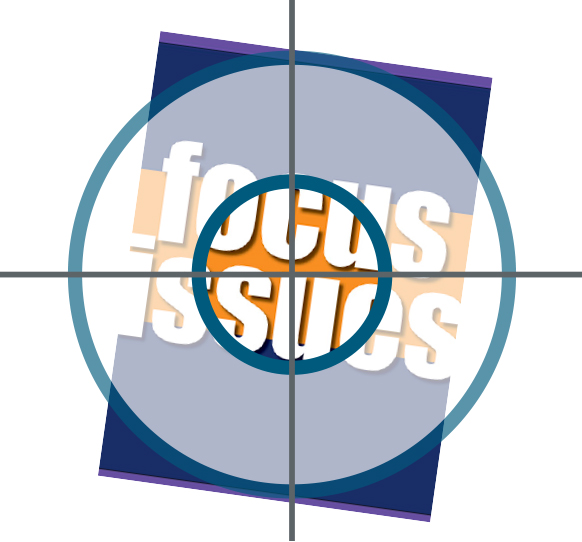 The Journal of The Electrochemical Society Focus Issue on Lithium-Sulfur Batteries: Materials, Mechanisms, Modeling, and Applications is now complete, with 18 open access papers published in the ECS Digital Library.
The Journal of The Electrochemical Society Focus Issue on Lithium-Sulfur Batteries: Materials, Mechanisms, Modeling, and Applications is now complete, with 18 open access papers published in the ECS Digital Library.
“Lithium sulfur batteries are in the focus of research at many hundreds of prominent research groups throughout the world and at several industrial firms as well,” says JES Technical Editor Doron Aurbach in the issue’s preface. “These batteries are highly attractive due to their theoretical high energy density, that may be 4–5 times higher compared to that of Li-ion batteries.”
The focus issue includes invited papers and selected papers from the 2017 Li-SM3 Conference.
“The important technical challenges of Li-S batteries are dealt with in the papers of this focus issue, including development of new sulfur cathodes, protected Li anodes, new electrolyte systems including solid state electrolytes, study of degradation mechanisms, in-situ spectroscopic efforts, surface and structural aspects,” Aurbach continues. “This focus issue of JES is indeed a very suitable epilogue for a very successful and fruitful meeting on a very “hot” topic in modern electrochemistry in general and advanced batteries in particular.”
Read the full JES Focus Issues on Lithium-Sulfur Batteries: Materials, Mechanisms, Modeling, and Applications.


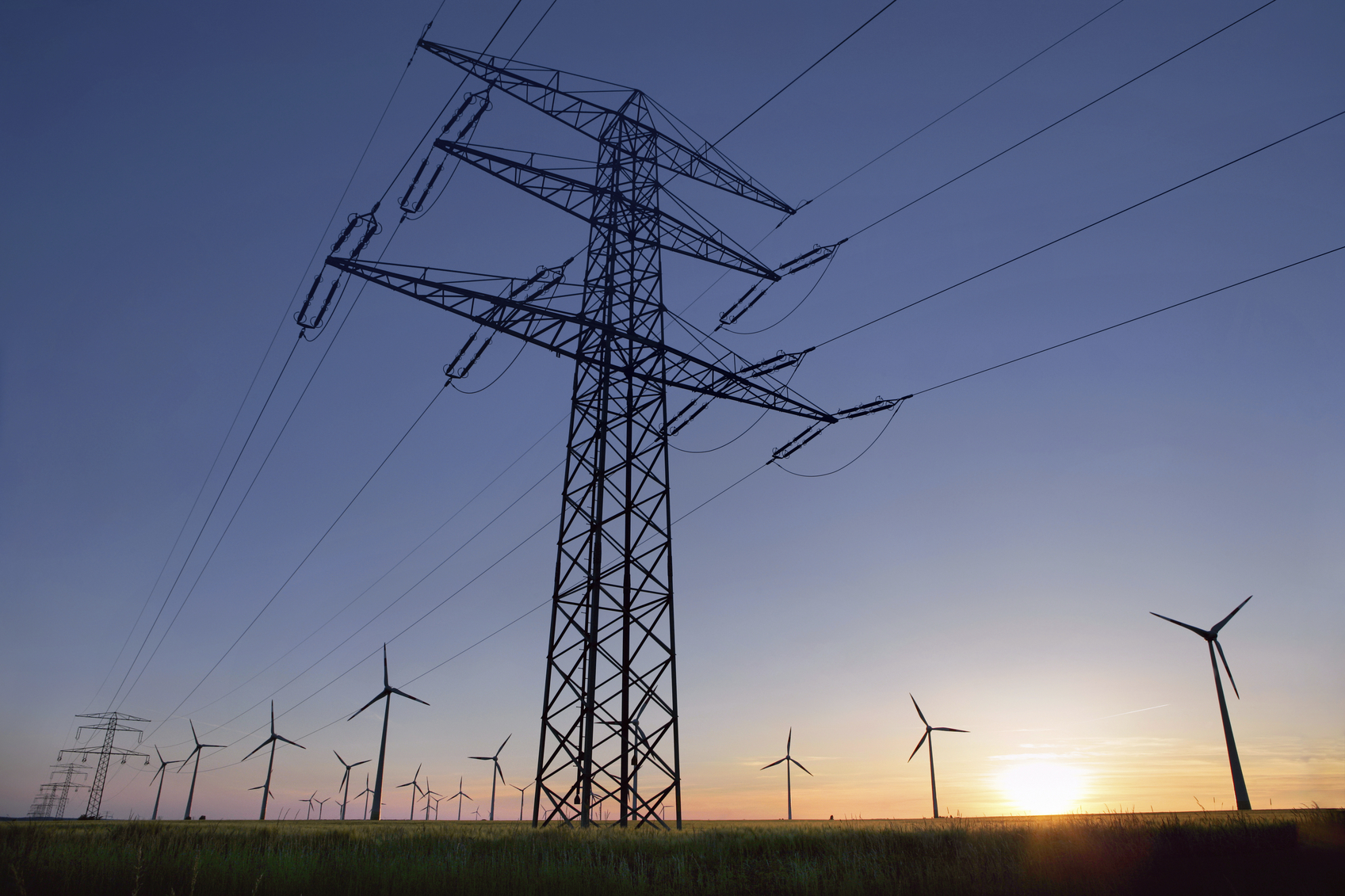 Carbon-free energy: Is the answer blowing in the wind? Perhaps, but the wind doesn’t always blow, nor does the sun always shine. The energy generated by wind and solar power is intermittent, meaning that the generated electricity goes up and down according to the weather.
Carbon-free energy: Is the answer blowing in the wind? Perhaps, but the wind doesn’t always blow, nor does the sun always shine. The energy generated by wind and solar power is intermittent, meaning that the generated electricity goes up and down according to the weather.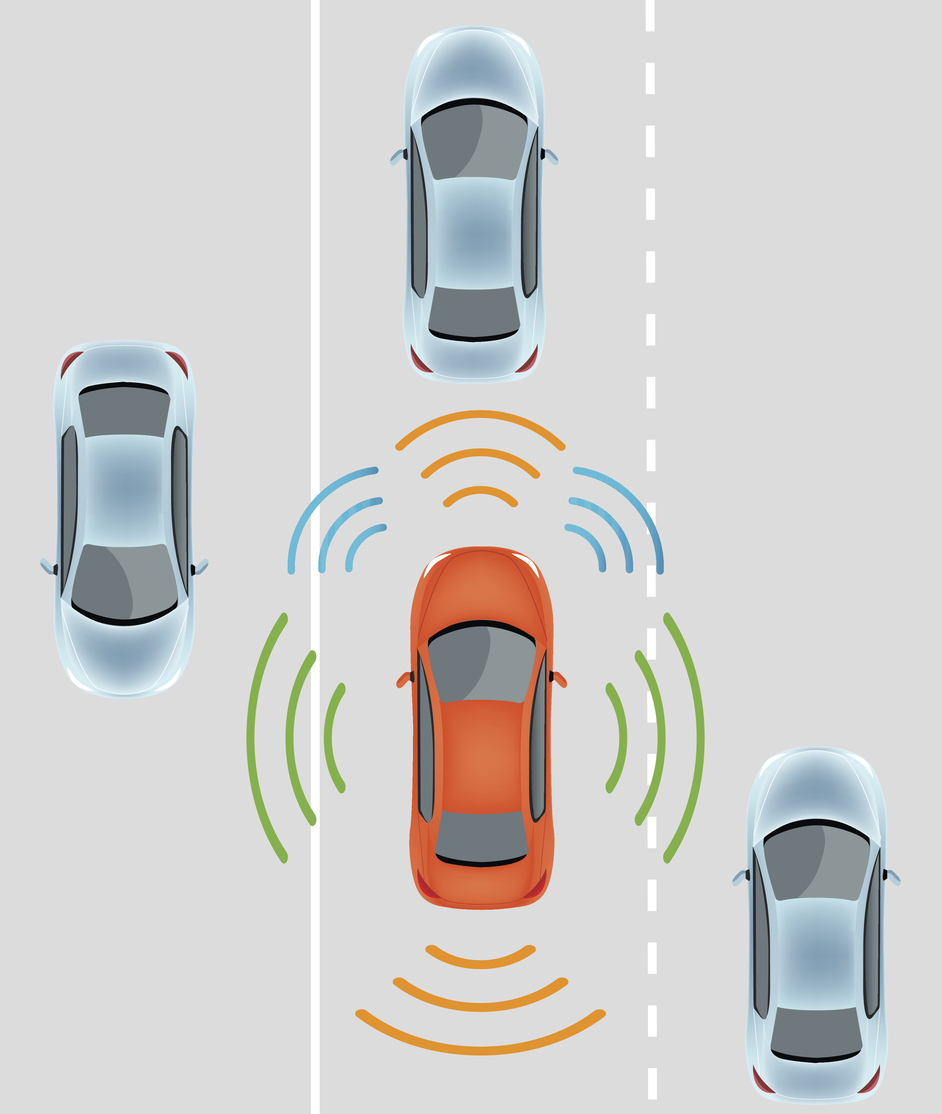 Much of the push toward self-driving cars has been underwritten by the
Much of the push toward self-driving cars has been underwritten by the 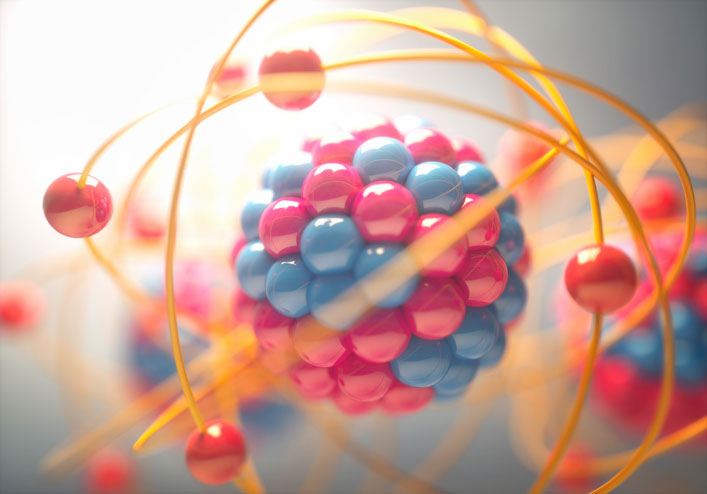 While tracking electrons moving through exotic materials, researchers have discovered intriguing properties not found in conventional, silicon-based semiconductors.
While tracking electrons moving through exotic materials, researchers have discovered intriguing properties not found in conventional, silicon-based semiconductors.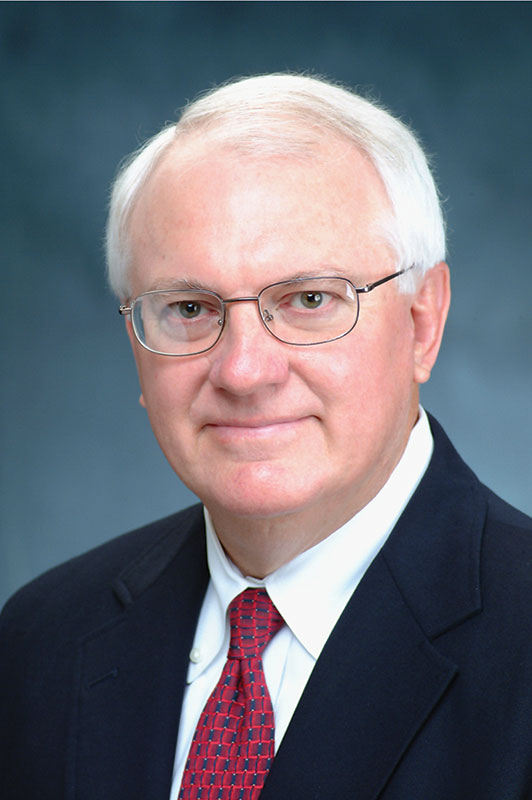 Charles L. Hussey is Associate Dean for Research and Graduate Education in the College of Liberal Arts at the University of Mississippi and professor of chemistry. He is a fellow of ECS and a recipient of the Society’s Max Bredig Award in Molten Salt and Ionic Liquid Chemistry. His scientific research with molten salts/ionic liquids has been directed at the electrochemistry and spectroscopy of d- and f-block elements, the electrodeposition of aluminum and corrosion-resistant aluminum-transition metal alloys, the electrodissolution of metals and alloys, and the electrochemical processing of spent nuclear fuel. Hussey was recently reappointed as technical editor of the
Charles L. Hussey is Associate Dean for Research and Graduate Education in the College of Liberal Arts at the University of Mississippi and professor of chemistry. He is a fellow of ECS and a recipient of the Society’s Max Bredig Award in Molten Salt and Ionic Liquid Chemistry. His scientific research with molten salts/ionic liquids has been directed at the electrochemistry and spectroscopy of d- and f-block elements, the electrodeposition of aluminum and corrosion-resistant aluminum-transition metal alloys, the electrodissolution of metals and alloys, and the electrochemical processing of spent nuclear fuel. Hussey was recently reappointed as technical editor of the 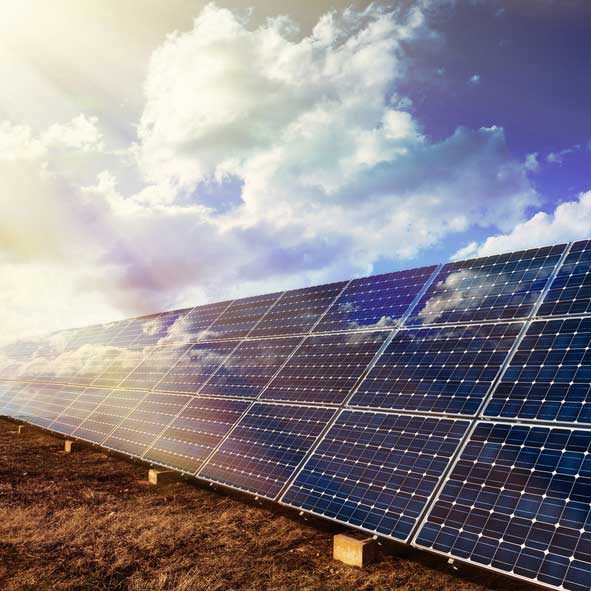 Falling costs for solar power
Falling costs for solar power New graphene printing technology can produce electronic circuits that are low-cost, flexible, highly conductive and water repellent, researchers report.
New graphene printing technology can produce electronic circuits that are low-cost, flexible, highly conductive and water repellent, researchers report.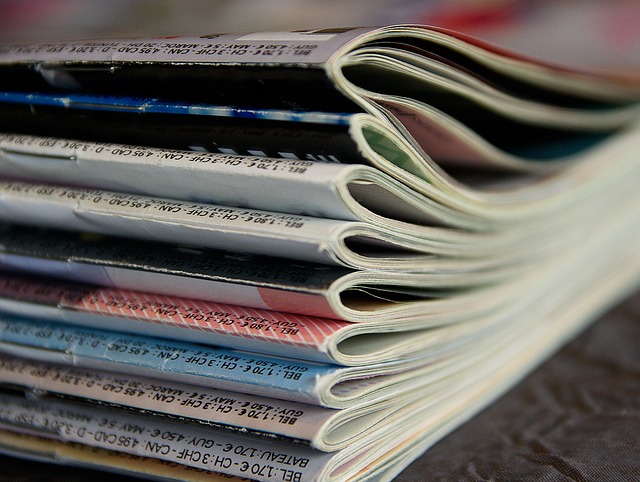
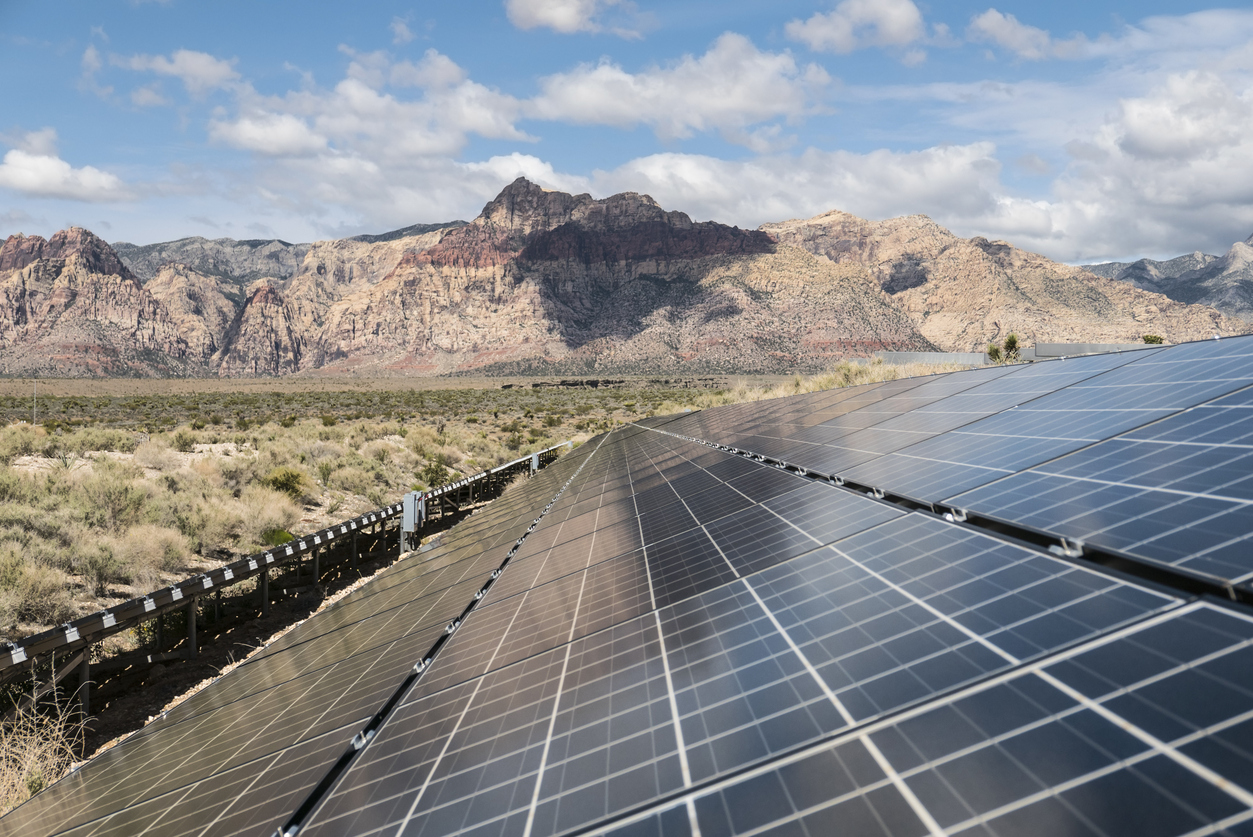 Editor’s note: On Jan. 22, 2018, the Trump administration announced plans to
Editor’s note: On Jan. 22, 2018, the Trump administration announced plans to